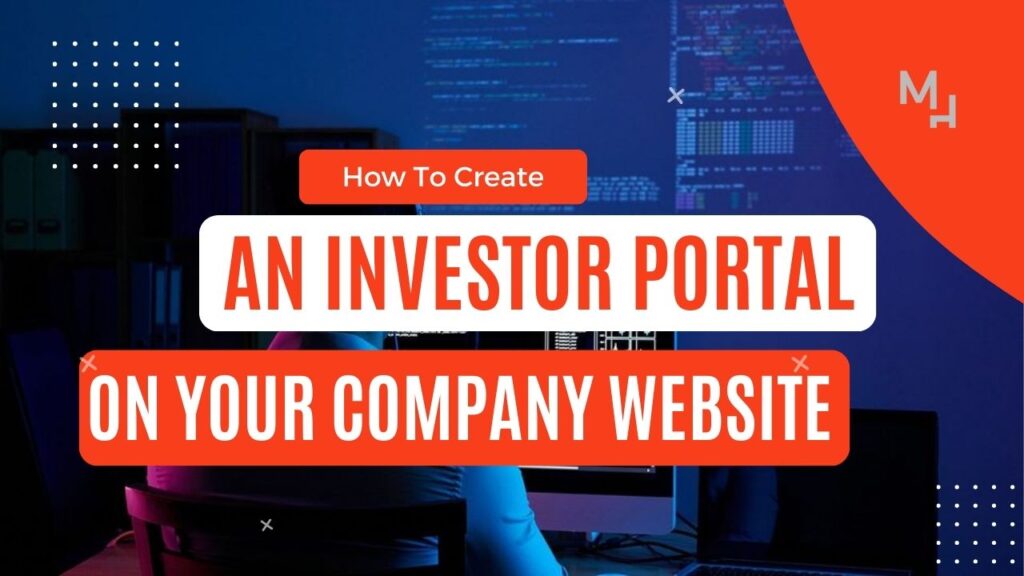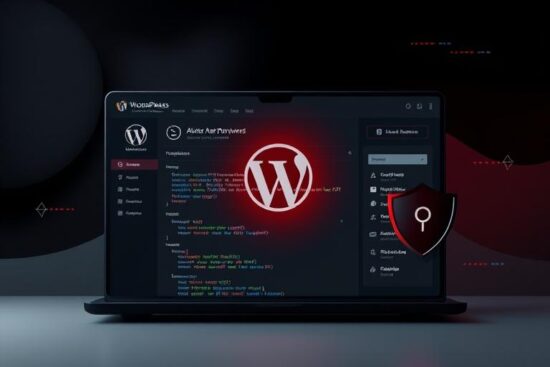
Empower Investors, Elevate Transparency: Build a Portal That Strengthens Relationships and Showcases Your Success.
Creating an Investor Portal on your Company Website
The creation of an investor portal, therefore, is essential to foster transparency, establish confidence, and promote relationships with present and potential investors. This guide will walk you through six comprehensive steps to design and implement an investor portal that fits stakeholders needs along with the business’s objectives.
“72% of investors want real-time performance updates, and 75% prefer digital communication, making investor portals essential for meeting modern expectations.”AppFolio
1. Define the Purpose and Objectives for Your Portal
Before you enter the development process, it is important that you set a clear vision for your investor portal. This helps set expectations from the very beginning and allows you to tailor your portal toward the needs of its users, while aligning with your business goals.
Key considerations:
- 1.1. Define the needs of the users:
- Who are the investors you are targeting?
- What information would they find valuable?
- 1.2. Setting goals:
- Taken all communications with the investors to a new level.
- When you choose to set an eye on your financial reports and update.
- Boost brand reputation
2. Lay Out the Features and Functionalities
A great investor portal would contain various features that meet the requirements of the users while being simple enough for them to navigate.
2.1. Basic features:
- Secure login: Ensure the security of sensitive information through secure authentication protocols.
- Access to financial data: Allow investors to browse reports, analytics, and performance dashboards.
- Document repository: Financial reports, regulatory fillings, and presentations should be available for download.
- Interactive tools: Enable users to do investment tracking, metrics comparison, or make projections.
- Contact support: A direct line for investors inquiring about investor relations.
3. Choose the Right Technology
Picking the right tools and technology is the backbone of building a successful investor portal.
3.1. Tech Stack:
- Content management system: WordPress, Joomla, or custom built.
- Programming language: HTML5, CSS, JavaScript for front-end; Python, PHP, or Ruby for back-end.
- Database: PostgreSQL, MySQL, or MongoDB for data storage.
- Security: Add HTTPS, two-factor authentication (2FA), and encryption protocols.
- Scalability: Consider cloud solutions like AWS or Azure for further growth.
4. Build a User-Centric Interface
A well-designed portal provides easy and quick access to information for investors and boosts investors’ experience.
A well-designed portal provides easy and quick access to information for investors and boosts investors’ experience.
4.1. Best Practices in Design:
- 4.1.1. Straightforward Navigation:
- Clear menu structure.
- Search functionality.
- Responsive to mobile devices: Ensure that the portal functions on any device.
- Professionally appealing: Reflect company branding with consistent colors, fonts, and visual imagery.
- Accessibility: Abide by WCAG guidelines to ensure everyone can use the portal.
5. Test, Launch, and Maintain
The development process of a portal does not end after building and deploying it. Testing rigorously, launching strategically, and maintaining communication are critical.
Steps to Ensure Success:
- 5.1. Testing:
- User testing with a select group of investors.
- Security audits and load tests.
- 5.2. Launch:
- Email campaigns, press releases, and social media posts announce the portal.
- User guides or tutorials aiding onboarding.
- 5.3. Maintenance:
- Content and financial data should be kept up to date regularly
- User feedback should be collected and feedback implemented.
The Six Steps to Create an Investor Portal Recapped
Here is a short rundown of the steps for creating a successful investor portal:
Step 1. Define Your Portal’s Purpose:
Match with the investors’ needs and business objectives.
Step 2. Plan Features and Functionality:
Include in secure-login, data access, and interactive tools.
Step 3. Choose the Right Technology:
Scale, secure, and user-friendly technology should be utilized.
Step 4. Design a Friendly Interface:
Aim for professional, mobile-friendly designs.
Step 5. Testing, Launching, and Maintenance:
Breach usability, security, and continuous update.
Step 6. Holistic Approach:
Incorporate everything stated above to construct portals that create openness and earn trust.
Final Words
Building an investor portal is a strategic way to show your commitment towards your investors, transparency, and engagement. A well-ratified plan devoted to building and keeping such a portal user-friendly gives an opportunity to boast about seamless working amidst stakeholders. Start now and build a platform from which not only are your investors empowered but also their faith in you keeps growing.





